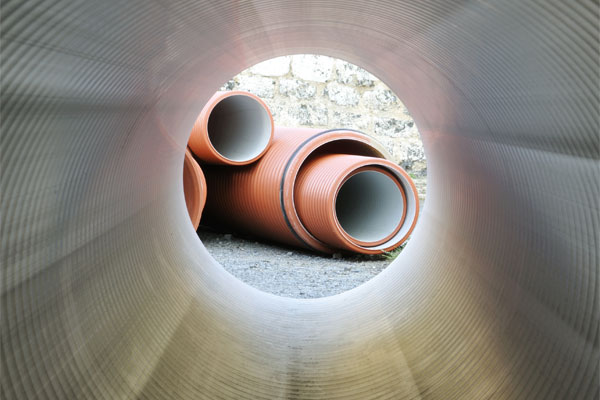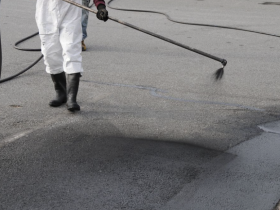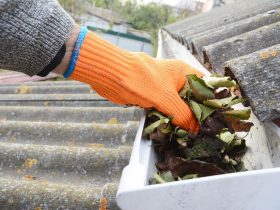You’re probably aware that sewer line maintenance isn’t the most glamorous of tasks, but it’s essential for keeping your home running smoothly. Have you ever considered what a year-round maintenance checklist might entail? Imagine tackling spring inspections, managing summer debris, handling fall leaves, and preparing for winter’s chill—all while ensuring you’re not caught off guard by unexpected repairs. And let’s not forget the importance of a professional assessment to spot issues that might be lurking out of sight. Curious about how to keep your sewer lines in top shape all year long? There’s more to uncover.
Spring Sewer Inspection
When it comes to maintaining your sewer lines, a spring inspection is vital to confirm everything’s functioning properly after the heavy usage of winter months.
Winter often leads to debris build-up, root intrusion, or even minor cracks due to freezing temperatures. Spring is the perfect time to tackle these issues before they escalate into costly repairs.
First, check for signs of blockages or slow drainage. Any unusual gurgling noises or water backing up in your sinks and toilets are red flags that shouldn’t be ignored. It’s important to investigate these early on.
Next, inspect for any visible damage or leaks. Pay attention to damp spots in your yard, as they might indicate underground leaks.
Consider hiring a professional to conduct a thorough inspection with a camera. They can pinpoint problems that aren’t visible to the naked eye. This is particularly useful if you live in an area with older infrastructure or large trees whose roots can penetrate sewer lines. Test all your plumbing fixtures. Verify that water flows smoothly and there aren’t any leaks around faucets or under sinks.
Summer Cleaning Routine
A sense of diligence is key in your summer cleaning routine for sewer lines. As temperatures rise, you’ll want to guarantee your sewer system is in top shape to handle increased water usage.
Start by inspecting outdoor drains and sewer grates for debris accumulation. Clear away leaves, twigs, and dirt that might’ve settled since spring. This simple task can prevent blockages and guarantee smooth water flow.
Next, keep an eye on your water usage. Summer often means more showers, laundry, and outdoor activities, all of which can strain your sewer lines. Avoid overloading the system by spacing out high-water-usage activities. Consider installing water-saving fixtures to further reduce stress on your pipes.

It’s also a good time to check for any unpleasant odors around your property, as these can signal deeper sewer issues. If you notice persistent smells, it might be wise to call a professional to inspect your lines for potential cracks or blockages.
Additionally, guarantees that trees and shrubs are well maintained. Overgrown roots can infiltrate sewer lines, causing significant damage.
Regular trimming and root barriers can help prevent this. By maintaining a proactive approach, you’ll keep your sewer system running smoothly all summer long.
Fall Leaf Management
As summer gives way to autumn, it’s important to shift your focus to fall leaf management to protect your sewer lines. Leaves are beautiful but can be a menace if not dealt with properly. When they accumulate and get washed into storm drains, they can easily clog your sewer lines, causing backups and potential damage.
To prevent this, regularly rake your yard and dispose of leaves correctly. Don’t just let them pile up, as they can quickly become a problem when the wind blows or rain falls.
Consider installing gutter guards to keep leaves out of your drainage system. These guards are effective in minimizing leaf buildup and reducing the risk of clogs.
Check your gutters and downspouts frequently to verify they’re clear and functioning properly. If you notice any blockages, clean them immediately to prevent complications.
Also, keep an eye on any trees near your sewer lines. Falling leaves and roots can cause issues, so trimming branches and keeping the area clear can make a big difference.
Winter Weather Precautions
Winter inevitably brings its own set of challenges for maintaining sewer lines, making it crucial to take specific precautions. Cold temperatures can cause pipes to freeze, leading to blockages or even damage. To prevent such issues, verify your pipes are properly insulated. Use foam pipe insulation or heat tape on exposed pipes, especially those in unheated areas like basements or crawl spaces. This helps maintain a steady temperature, reducing the risk of freezing.
Next, be mindful of what goes down your drains during winter. Fats, oils, and grease can solidify in cold pipes, creating stubborn clogs. Dispose of these substances in the trash instead of the sink. Additionally, remind household members to avoid flushing non-degradable items, as blockages can be more challenging to clear in winter.
Keep an eye on outdoor drains and gutters. Snow and ice accumulation can obstruct drainage, increasing the risk of overflow and backup. Regularly clear away snow and debris to verify water flows freely.
Finally, monitor water flow by checking for sudden decreases, which could indicate a freeze. If you suspect any issues, act quickly to prevent further complications. Taking these steps can help safeguard your sewer lines through the winter months.
Annual Professional Assessment
To guarantee the longevity and efficiency of your sewer lines, scheduling an annual professional assessment is essential. A qualified technician can spot potential issues before they become costly repairs.
During this assessment, experts use advanced tools like cameras to inspect the interior of your pipes. This technology allows them to identify blockages, cracks, or tree root intrusions that mightn’t be immediately visible.
You might think your sewer lines are functioning perfectly, but hidden problems can develop over time. With a professional’s trained eye, even subtle signs of wear can be caught early, saving you from future headaches. They can also provide valuable advice on how to maintain the health of your sewer system based on their findings.
Additionally, an annual assessment guarantees that your system complies with local regulations and standards. Ignoring these checkups could lead to penalties or more severe issues down the line.










